Call volume is one of the most critical metrics call centers should always keep an eye on. High call volumes and insufficient staffing levels may result in longer wait times for inbound callers, caller frustration, an increased number of dropped calls, and reduced customer satisfaction while also creating additional pressure for your customer-facing agents, negatively impacting their job satisfaction and performance. That is why having strategies in place to effectively predict call volume spikes, manage, and reduce high call volume is essential to maintaining high customer satisfaction and a positive customer experience.
What is Call Volume?
Call volume is a call center metric used to measure the total number of inbound calls a call center receives over a given period, typically measured hourly, daily, weekly, or monthly. That may include the number of calls handled by human agents as well as the total number of calls handled by an Interactive Voice Response (IVR) system. Keeping track of inbound call volume and implementing strategies to reduce it is important for call centers for several key reasons:
- High call volumes result in longer call queues, extended wait times for callers, and reduced Customer Satisfaction Scores (CSAT).
- When call volume is higher than expected, that leads to increased Call Abandonment Rate. Research estimates that abandoned calls account for as much as 40% of lost potential revenues annually.
- Consistently high call volumes increase the workload on your customer service team, resulting in increased burnout, reduced workplace satisfaction, and higher agent turnover rates, negatively impacting your bottom line.
What are the Reasons for High Inbound Call Volumes?
High call volume can be identified when the number of incoming calls you receive is significantly higher than the predicted call volume your call center is equipped to handle efficiently. Though the industry standard for high call volume is a 10% increase from the usual level, that number can be higher for SMBs and mid-sized businesses due to limited resources. The severity of high call volume may also vary based on many factors. While some surges may create only a small increase, others may result in dramatically higher volumes.
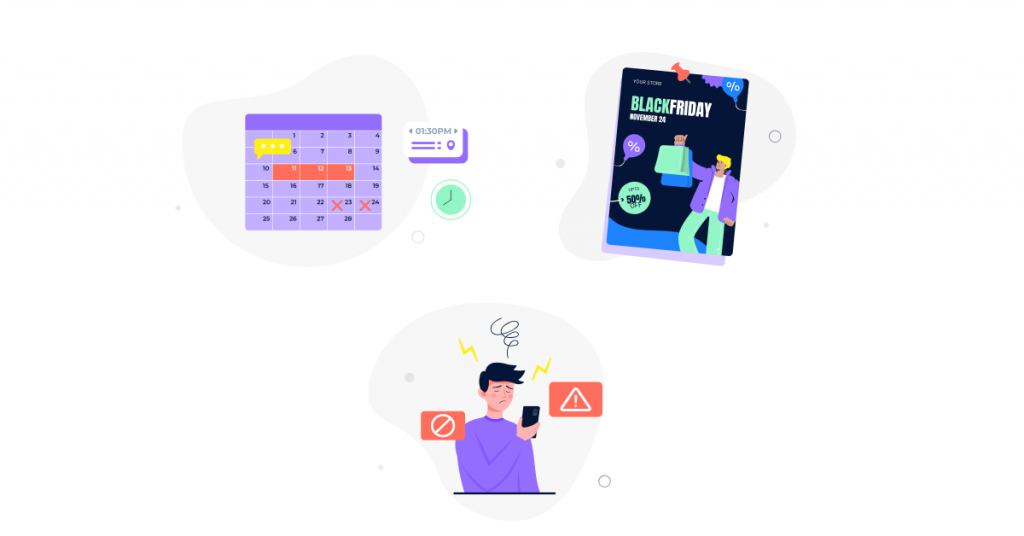
Seasonal call volume spikes:
Businesses may experience an increased number of incoming customer inquiries, support requests, or orders during certain times of the year, such as the Christmas holiday season or Black Friday, leading to increased call volumes.
Marketing campaigns and promotions:
If you are running promotional marketing campaigns or launching new products or services, it can naturally drive higher customer interest and engagement and result in increased inbound call volumes.
Service outages or disruptions:
A significant increase in the number of incoming calls can also be caused by unexpected service outages, technical issues, or disruptions in operations, leading to an influx of calls from customers reporting problems or seeking immediate assistance.
How to Manage High Inbound Call Volume
Adjust your staffing and scheduling
If you are frequently experiencing peak call periods, the first important step is to review and adjust your staffing level and agent schedules accordingly. Use call reporting software tools to track historical data and forecast call volumes more accurately, anticipate seasonal fluctuations, and better plan your staffing and capacity to meet the increased demand.
You can also take advantage of flexible staffing options and hire part-time agents to handle calls during seasonal call volume spikes. The key is to ensure your customer service team doesn’t get overwhelmed; otherwise, it may result in lower productivity, poor motivation, and increased burnout.
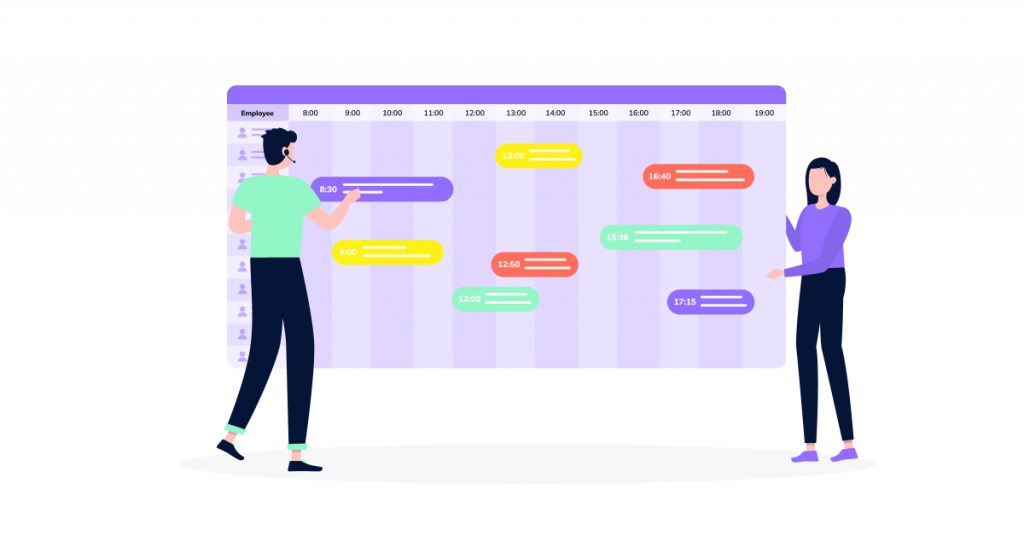
Implement an IVR system
For call centers handling large inbound call volumes, IVR is a must-have feature alongside ACD (Automatic Call Distributor) and call routing. Rather than placing callers on hold immediately when no agents are available to pick up, an Interactive Voice Response software system interacts with inbound callers and gathers additional information from them to ensure each call is routed to the most appropriate department or team of agents based on caller intent, allowing you to have better control of your inbound call flow.
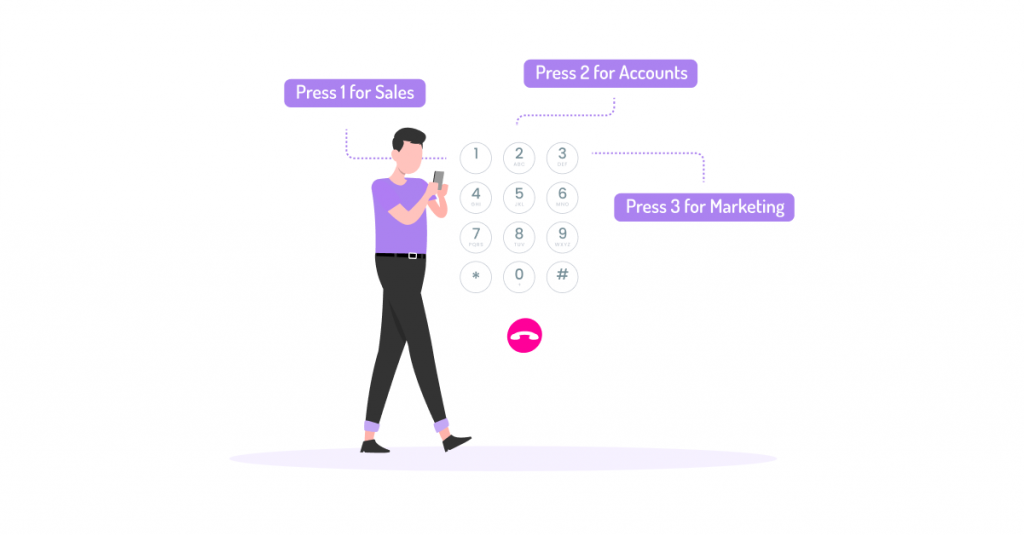
IVR systems can also be used to direct callers to your self-help resources or enable them to perform certain actions on their own (such as checking account balances, inquiring about order statuses, booking appointments, or processing bill payments) without needing to talk to your customer support reps. That can help you reduce the overall number of inbound calls your team has to answer as well as the number of manual call transfers. In fact, according to research by McKinsey, next-generation IVR systems can accelerate issue resolution and reduce the number of live-agent calls by over 10%.
Leverage queue callbacks
While offering your callers a queue callback option might not directly reduce the number of inbound calls you receive, it can help you decrease the number of abandoned calls and improve the experience for your callers. According to a study by Software Advice, over 60% of consumers feel that even one minute of waiting on hold is too much for them, while 63% of customers prefer a callback rather than having to wait on hold. And more than one-quarter of the respondents indicated they’d always prefer a call back over any amount of time spent waiting on hold.
With a queue callback option, you enable your callers to reserve their place in a virtual call queue and receive a return call from an available agent once they reach the front of the queue – without wasting time on hold. And what’s more, with call queuing software, you can additionally improve the in-queue experience for callers by playing pre-recorded greetings or relevant announcements while they are waiting for the next available agent. You can also inform callers of their place in the queue and estimated wait times to better manage customer expectations.
Diversify your customer support channels
Naturally, you can reduce the number of inbound customer calls by simply providing your customers with multiple customer support channels that they can use to reach out to your customer service team. Though the majority of customer service interactions still happen over the phone, today’s digitally savvy consumers increasingly favor digital communication channels like live chat, social media, and instant messaging apps, too.
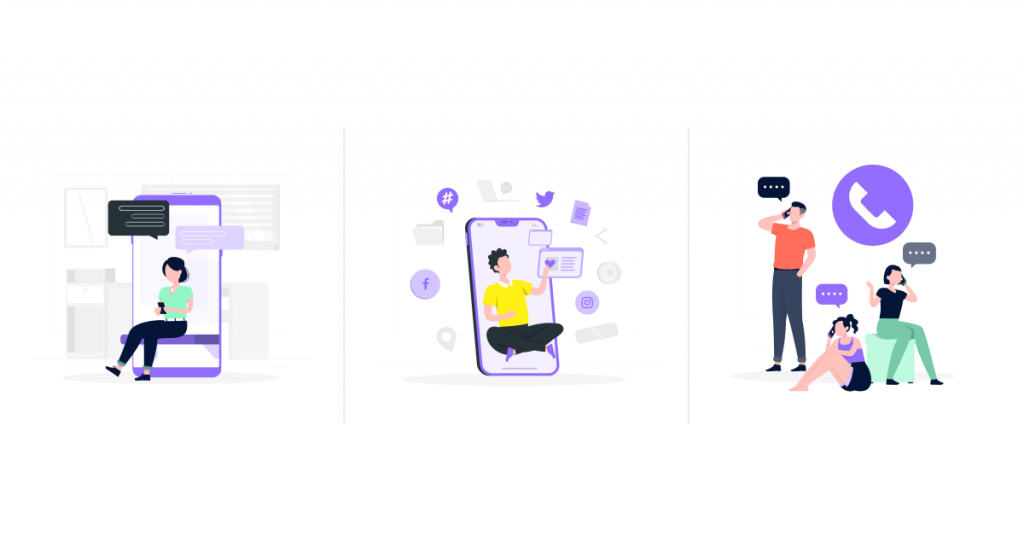
Moreover, the channel choice often depends on the context and the complexity of the issue. According to a Salesforce study, 78% of consumers prefer using different communication channels depending on context, and 71% say they have used multiple channels to start and complete a single transaction.
Introduce self-service options
Having easily accessible self-service resources, such as knowledge bases and customer self-service portals, can empower customers to get answers to their questions or even resolve basic issues independently, reducing the need to pick up the phone and call your support team in the first place. That can also help you reduce the number of repetitive questions, freeing up your agents to focus on more complex customer issues.
Moreover, recent advancements in generative AI have opened new possibilities for call centers to deliver self-service support, with tools like interactive FAQs, virtual agents, and AI-driven chatbots gradually becoming the norm. And consumer expectations mirror this trend. According to a survey by HubSpot, 40% of consumers do not care whether they are served by a chatbot or a human agent, as long as they are getting the help they need. Additionally, Gartner predicts that by 2027, chatbots will become the primary customer service channel for roughly a quarter of organizations.
Give agents full customer context
Providing your agents with a 360-degree view of each customer can help you streamline your entire inbound call handling process and ensure your reps handle customer inquiries quickly and efficiently. That can be done by integrating your inbound call center software with your CRM system. Once the two systems are seamlessly integrated, your reps will have instant access to each caller’s information, including their previous interactions, purchase history, preferences, or notes left by agents who previously assisted that customer, right as they are interacting with the customer.
Having full customer context can help your team deliver more personalized experiences and resolve issues promptly during the first interaction, improving your First Call Resolution (FCR) rates, lowering the Average Handle Times (AHT), and reducing the number of repeat calls, resulting in reduced call center call volume.
Analyze your call center data
Keeping close tabs on your call center data can help you in many ways in managing your inbound call volume effectively. Firstly, as has already been mentioned above, you can use call center reporting tools to track and better predict your call volume based on historical call center metrics.
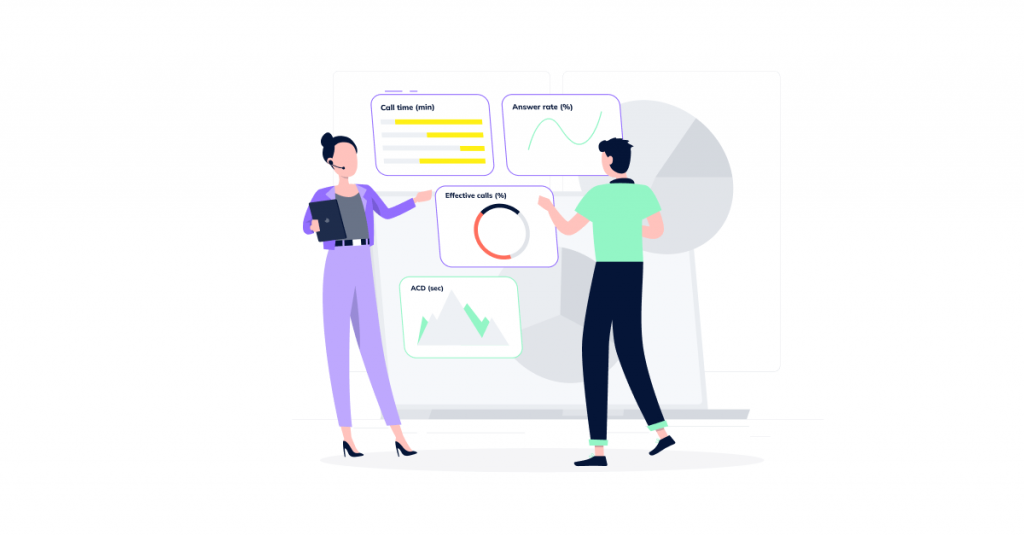
Secondly, using advanced call center analytics tools, such as speech analytics software, you can gain deeper insights into every customer service call, helping you identify trends and recurring issues that might account for increased call volumes. Having a better understanding of the causes behind your call volume spikes will help you eliminate them before your team gets too overwhelmed.
Outsource your call center operations
If you are struggling to handle your inbound call volume efficiently and you can’t afford to expand your in-house customer support team or implement new contact center technology, outsourcing your customer service operations to a BPO call center might be a reasonable solution. A BPO (Business Process Outsourcing) call center will handle all the inbound phone calls on behalf of your organization, answering customer questions, resolving issues, and handling complaints, reducing the need to hire additional agents in-house.
Recommended reading: How to Outsource Your Call Center: a Complete Guide
While working with BPO call centers might bring several advantages, including cost-savings and the ability to deliver 24/7 support to your customers, it may also come with certain drawbacks, such as data security risks, communication challenges, and the inability to deliver the same standard of customer service your customers have come to expect. When partnering with a BPO call center, make sure to consistently monitor customer feedback and call center performance metrics to ensure your customers get high-quality support.
VoiceSpin call center software offers a full range of inbound call management features, including multi-level IVR, custom call routing, call queue management, advanced reporting, AI speech analytics, and more to help you handle your inbound call volume effectively while maintaining customer satisfaction. Book a demo call now to see it in detail.

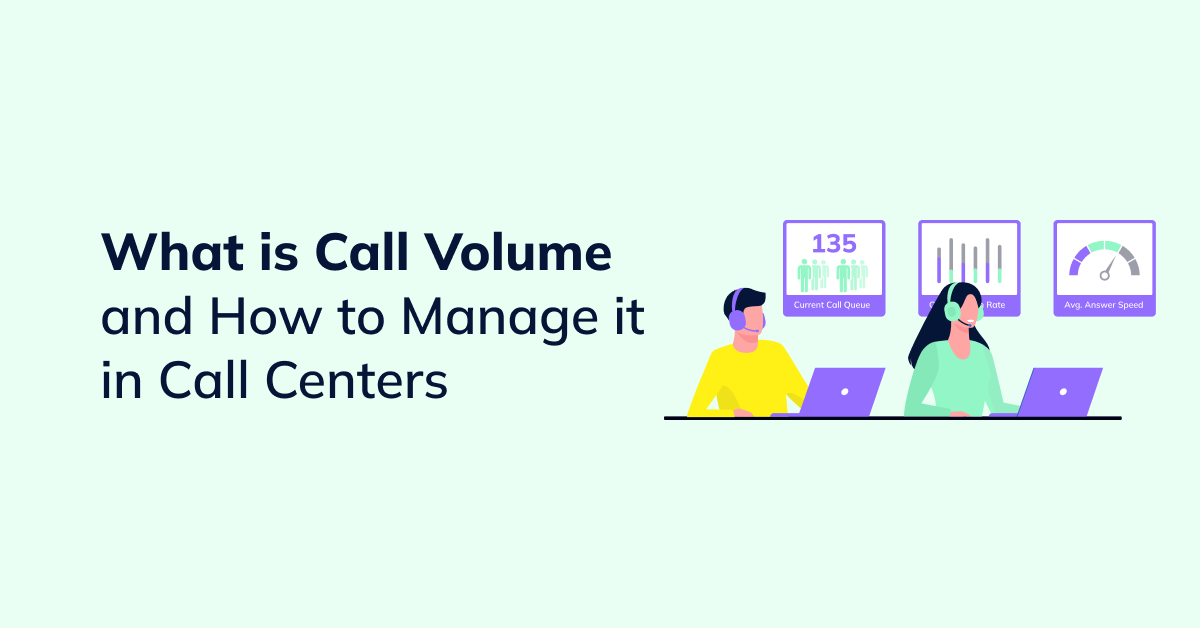

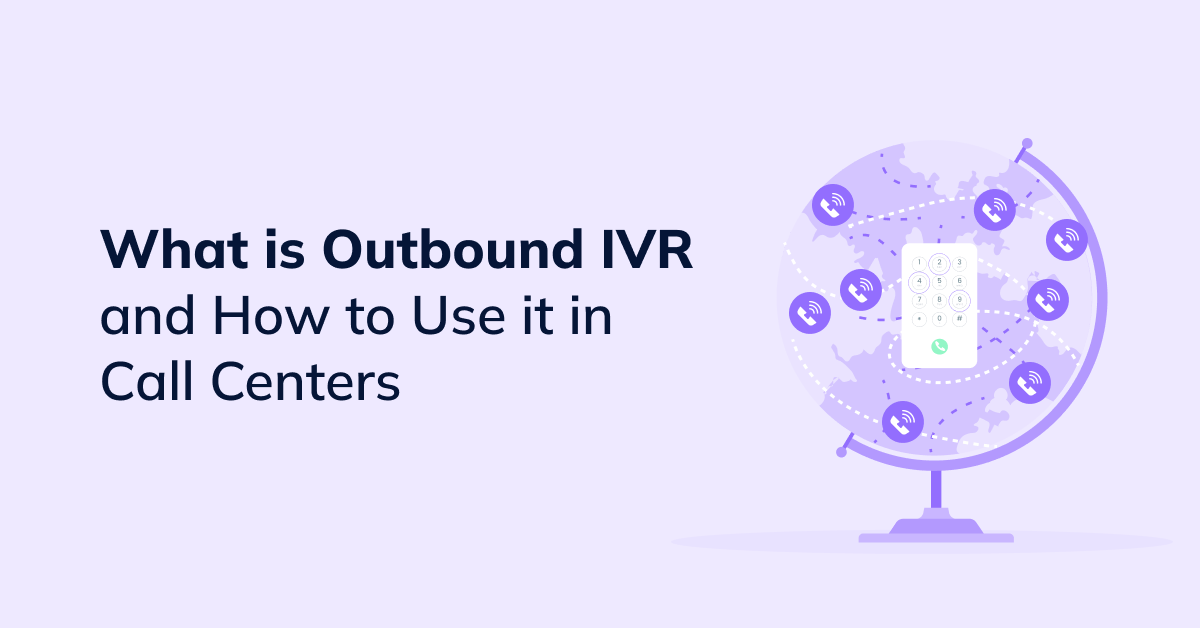
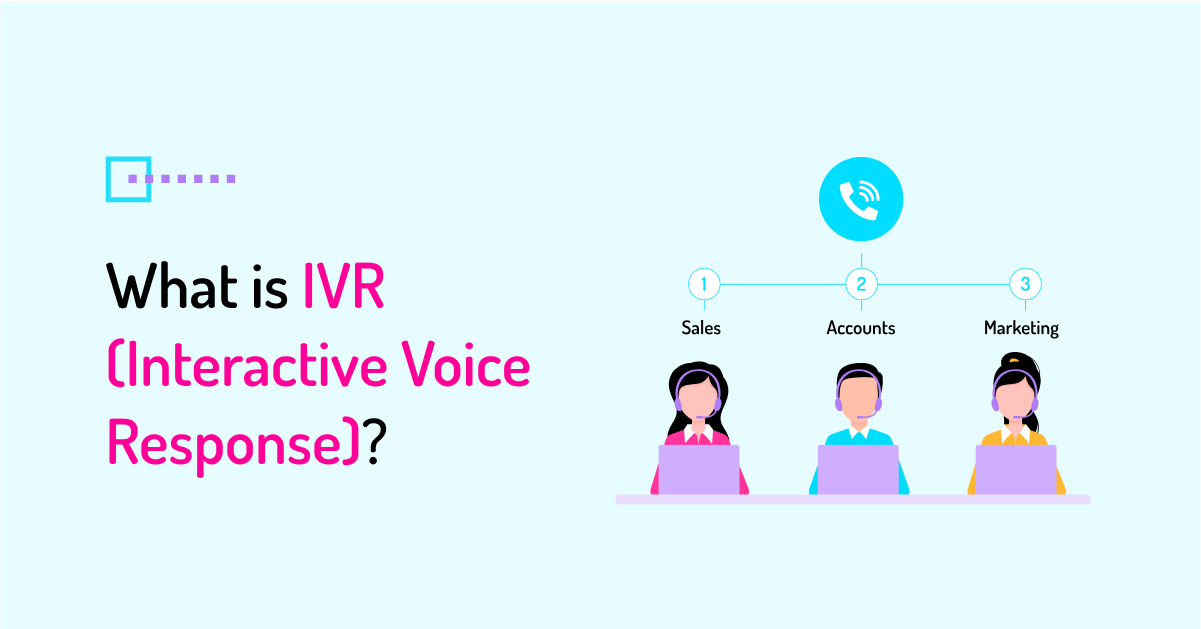
 +18889082995
+18889082995
 +442036084160
+442036084160
 +97237237006
+97237237006